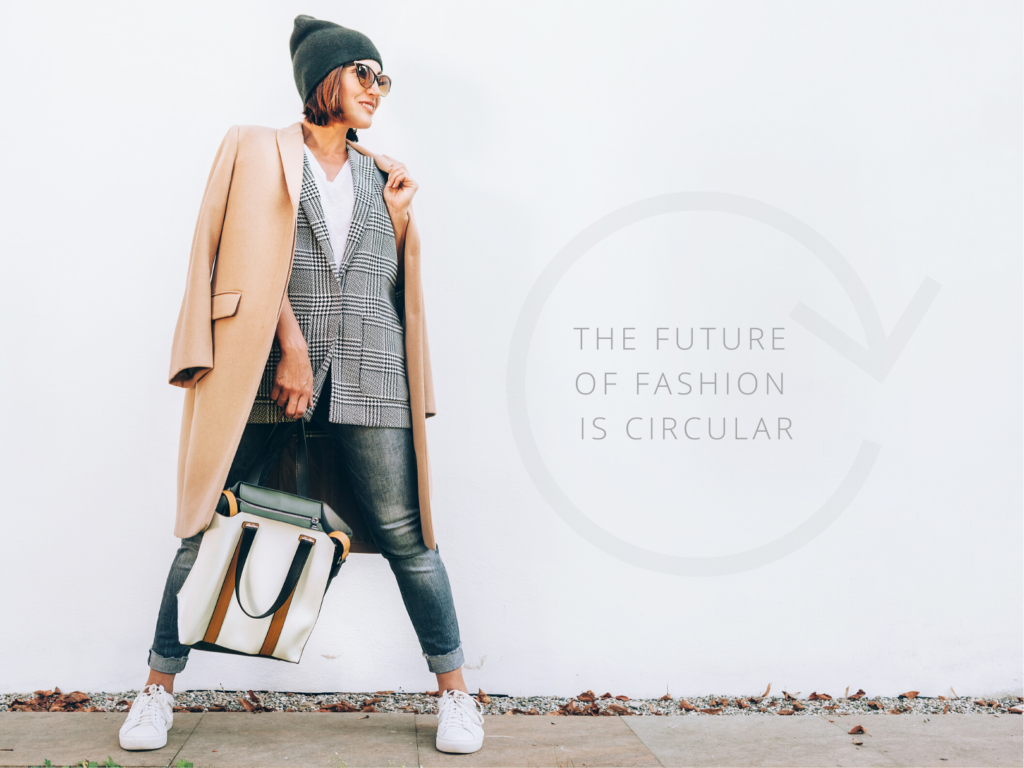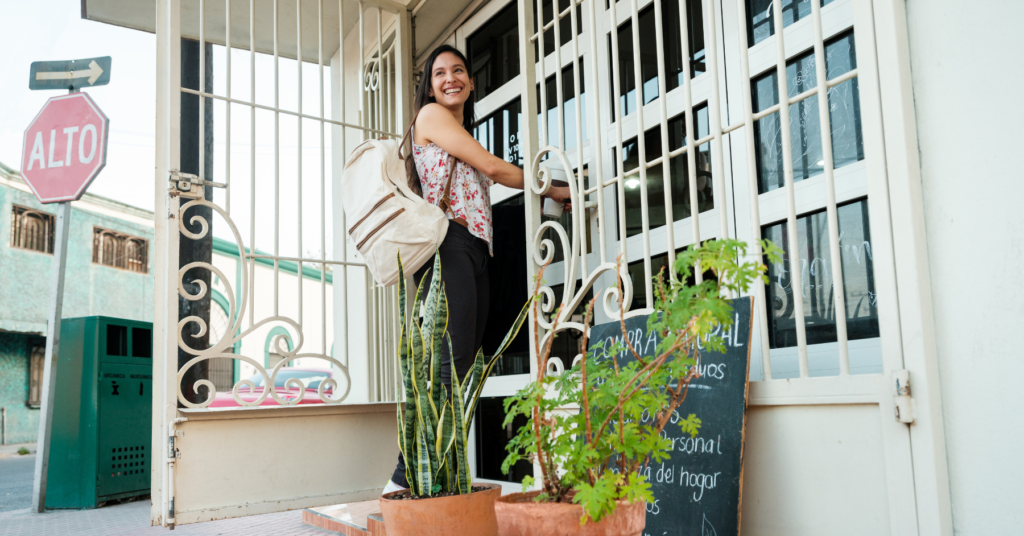Circular Economy and Sustainable Product Design
by akarsama | Sep 30, 2020 | Sustainability, Blog | No Comments

We live in a world with finite resources. We also live in a world that prioritizes a linear, ‘take-make-waste’ approach. Products are designed to be thrown away. Waste and pollution are at an all-time high. The world requires a fundamental shift in product development, and the concept of circular economy is essential to driving sustainable change.
The Concept of Circular Economy
The Ellen MacArthur Foundation defines circular economy as a system that is “restorative and regenerative by design,” the aim to design waste out of the system, keep products and materials in use, and avoid the use of non-renewable resources.
The current linear system has reached its threshold. 45% of global greenhouse gas emissions originate from the production of everyday products. Garbage trucks unload textiles into landfills every second. Consumers have turned to overconsumption and materialism.
In short, the environment cannot continue to have its precious resources go to waste.
Design for Circularity
The design stage determines the most important decisions about a product’s use and length of use. Product functionality during use is at forefront of the conversation, however, product developers need to think about product afterlife. How can product materials serve another purpose?
The core of the circular model is design. By prioritizing conversation that revolves around the indefinite use and recycling of product materials, waste is out of the picture. This means product resources capture a secondhand purpose. In turn, the design mentality shifts to view waste as a design flaw. This encourages product developers to innovate durable products for long-term use or remanufacture.
Another important concept of the “close loop” approach is to utilize renewable resources while avoiding use of non-renewable resources. Adopting bio-based solutions to enhance product performance also allows for continual circulation of materials without worry of using up resources that are scarce.
Close the Loop…Fast!
Fast fashion is a key component of the fashion industry today. In fact, on a global basis, consumers miss out on $460 Billion USD of clothing value each year as consumers discard clothing after a handful amount of wears (Ellen MacArthur Foundation, 2020). Clothing, as a resource, is vastly underutilized.
Integrating a circular model for fashion garments requires capturing the full value of apparel and footwear during and after use. A solution to enhance product value is to incorporate eco-friendly technologies or features that prolong product use. Eco-conscious brands and retailers can influence their customer base by making durability attractive. Often times, consumers simply lack the information to make informed purchase decisions, and this leads to more fast fashion purchases.
Another model to keep clothing materials in circulation is by utilizing rental services. Rental services provide consumers with access to a large variety of new clothing options without increasing clothing production.
The fashion industry’s massive carbon footprint is due for change. Other factors to consider: removing the dependence of fossil fuels as a means of production, ensuring the price of clothing reflects the true cost of production, and establishing solutions during manufacture or consumer use that do not pollute the environment in any way.
Innovation Generates Sustainable Solutions
The circular economy relies on creative solutions to drive large-scale change across multiple industries. In order to drive sustainable change, outdated linear design approaches must be replaced by circular design approaches. With this in mind, product developers have the opportunity to develop sustainable and profitable solutions that have yet to be seen.
Sources:
Circular Economy – UK, USA, Europe, Asia & South America – The Ellen MacArthur Foundation. Retrieved September 29, 2020, from https://www.ellenmacarthurfoundation.org/

Eco-labels and Positioning Sustainable Products
A Forbes study found that 88% percent of consumers want brands to help them make more sustainable...

Sustainable Shopping Guide
Eco-anxiety is a growing concern among young people. For instance, a recent survey on the topic...

How to become a responsible consumer
The global pandemic has certainly changed a great deal of daily life around the world. Along with...


